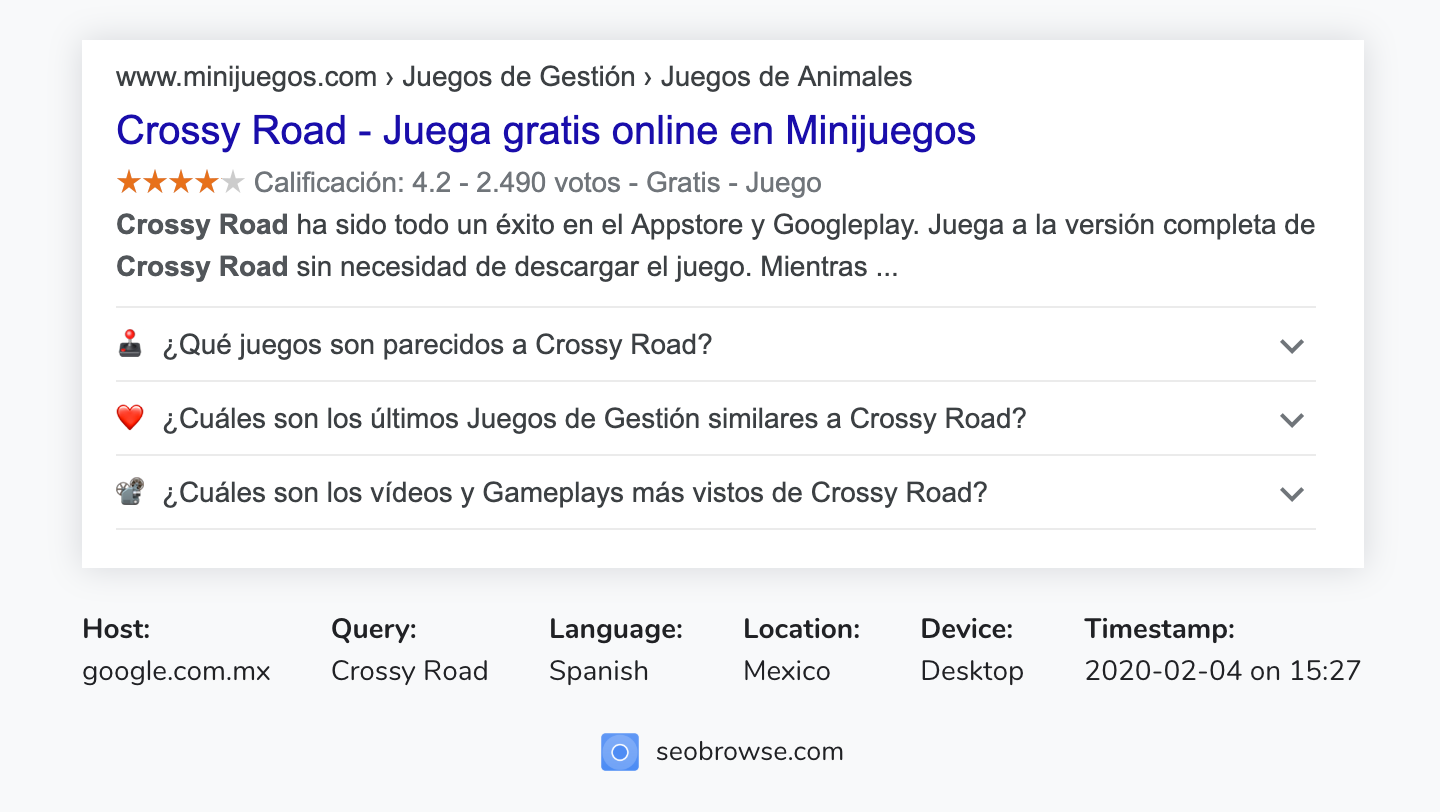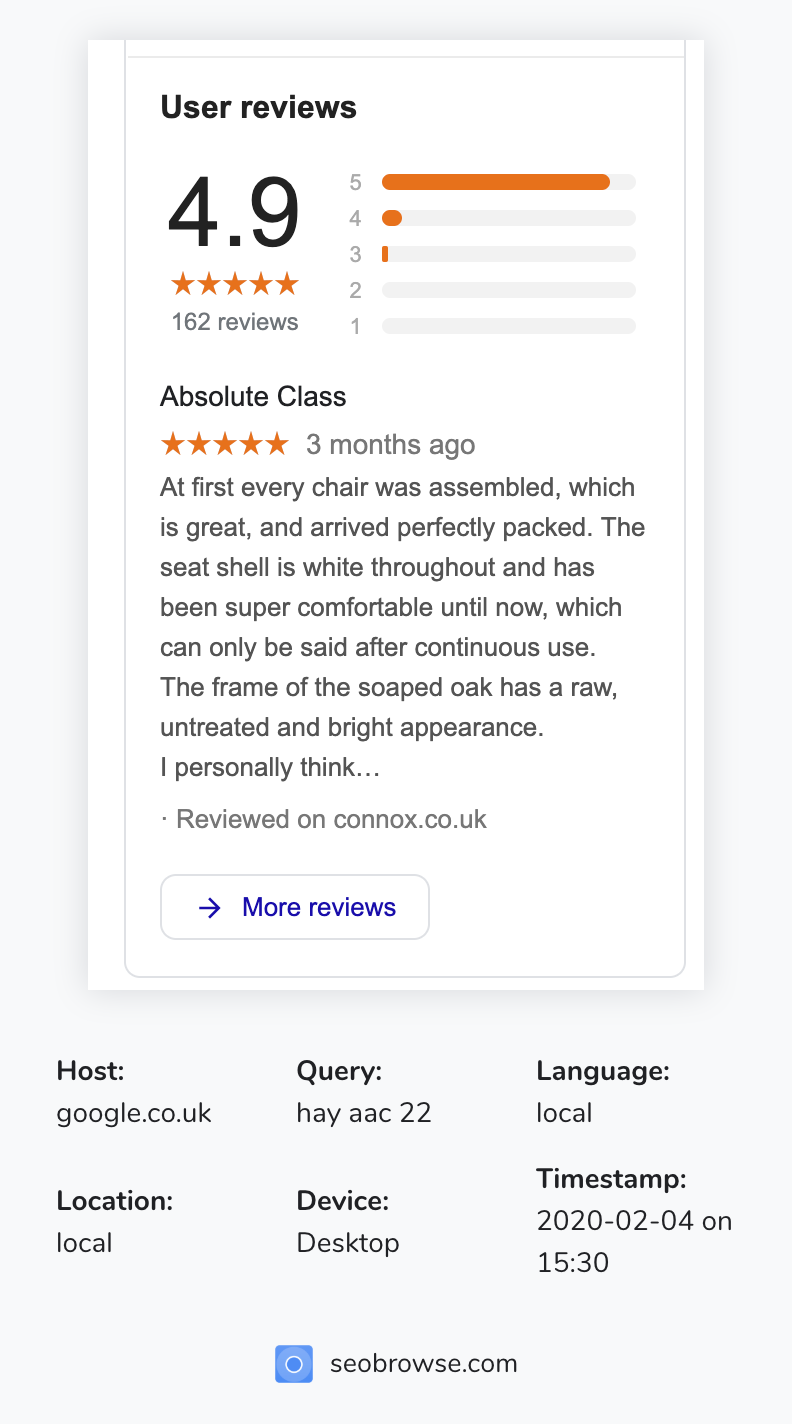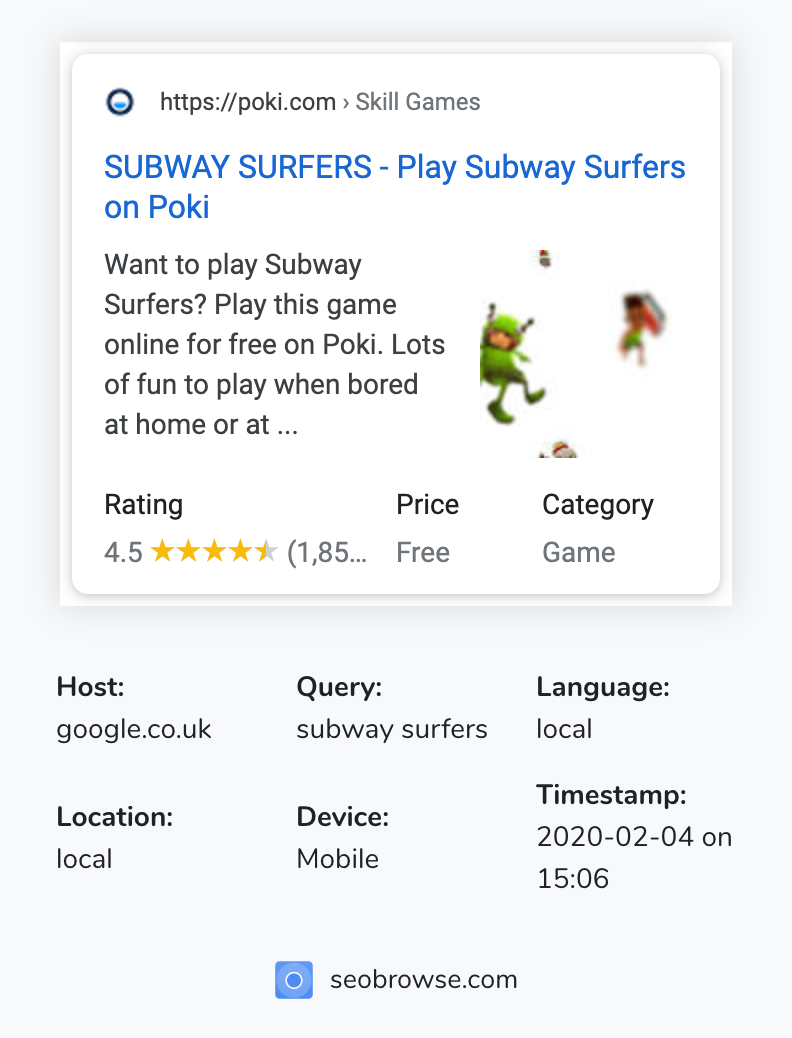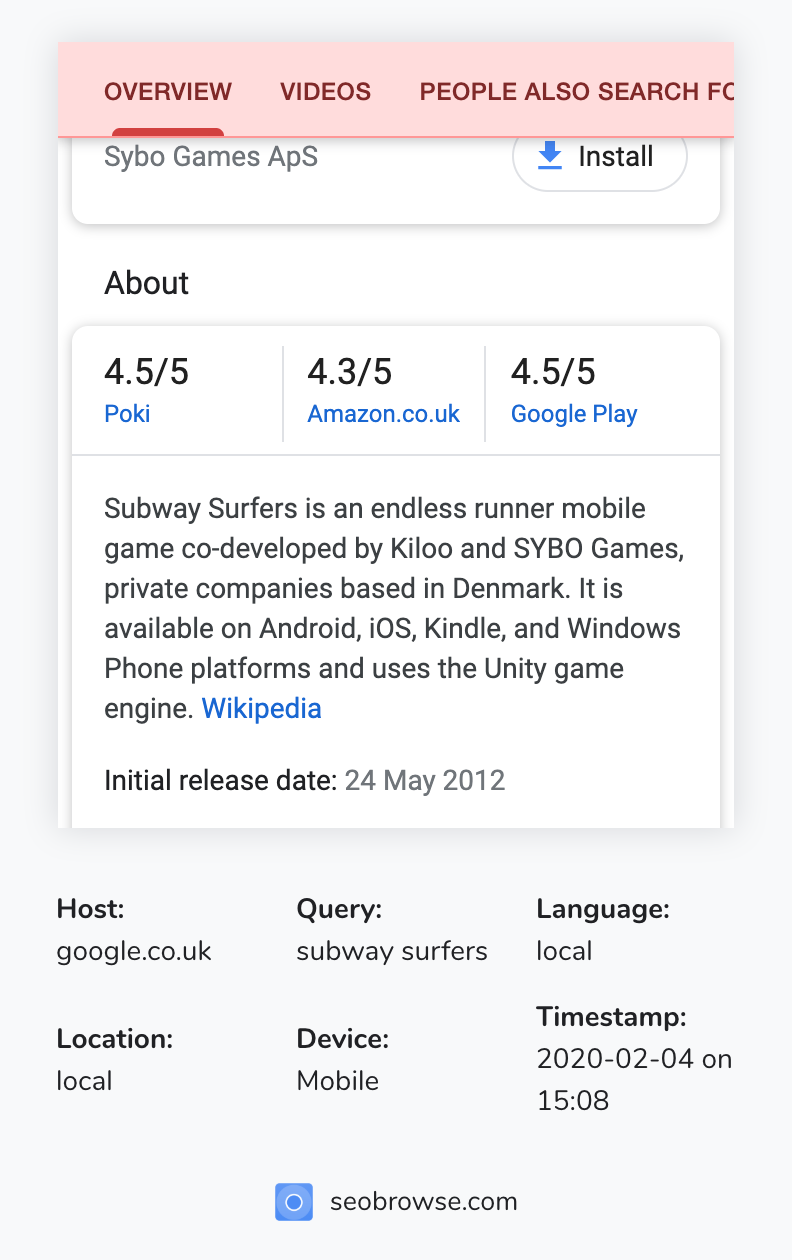Teach
7 good reasons why you should always visually check the Google search results
Tracking search results with automated tools like SEMRush, Ahrefs and Moz are great for monitoring rankings for your keywords. But although they are great for giving you a good overview, checking the live search results will expose issues your users see, which these tools don't flag.
Below I've listed 7 good reasons why you should always visually check the Google search results for your keywords by actually Googling them in a browser. All cases below come with issues I've stumbled upon recently as a SEO consultant, and were only exposed by manually pulling up the search results. Lets start with the most important one...
1. Google creates its own title and description for your site result
What could go wrong? Google loves short titles, wants your site name in the title and prefers overall SERP variation. So if you title is too long, too similar to that of another result, etc. then expect Google to auto-generate a title snippet for you. Check if this is what you want!
 Title for miniclip.com is auto-generated and mixed with the wrong sitename (another game named agor.io).
Title for miniclip.com is auto-generated and mixed with the wrong sitename (another game named agor.io).
2. Spot hreflang issues for international/local SEO
What could go wrong? Google picks a localized canonical based on your hreflang settings. But hreflang is complicated, and sometimes Google picks it wrong. You will only start noticing when Spanish users land on your Portogueese website and bounce rate jumps through the roof. Be ahead, and inspect if the right urls and domains rank, for a specific language and country.
 Search for appartments in Mexico, lists the Spanish Airbnb with Mexican property listings instead of the local airbnb.mx.
Search for appartments in Mexico, lists the Spanish Airbnb with Mexican property listings instead of the local airbnb.mx.
3. Research how competitors are shown in the SERP
What could go wrong? Your competitors discoverd FAQ Schema.org doubles the size of their result, so they added questions, pushing your result down, making it easily overlooked. Research the overall by not only automated SERP ranking reporting, but by actually checking results pages.
4. See how rich snippets, ratings, featured snippets or knowledge panels are shown to users
What could go wrong? SEMRush reports if advanced features are added to your listing, but how is it actually shown? What snippet did Google take, is it relevant for the keyword, does it bump you to page two or credit you properly? Great ways for more visibility in the SERP, but make sure that contents are correct.
5. See how many ads push your organic position down
What could go wrong? Your investment of getting moved up to #1 for a keyword, doesn't have much impact on traffic because that keyword has 4 ads listed above you. Research (local) search results for a keyword, taking into account the potential amount of ads. How far to scroll on mobile or desktop, before the #1 is appears?
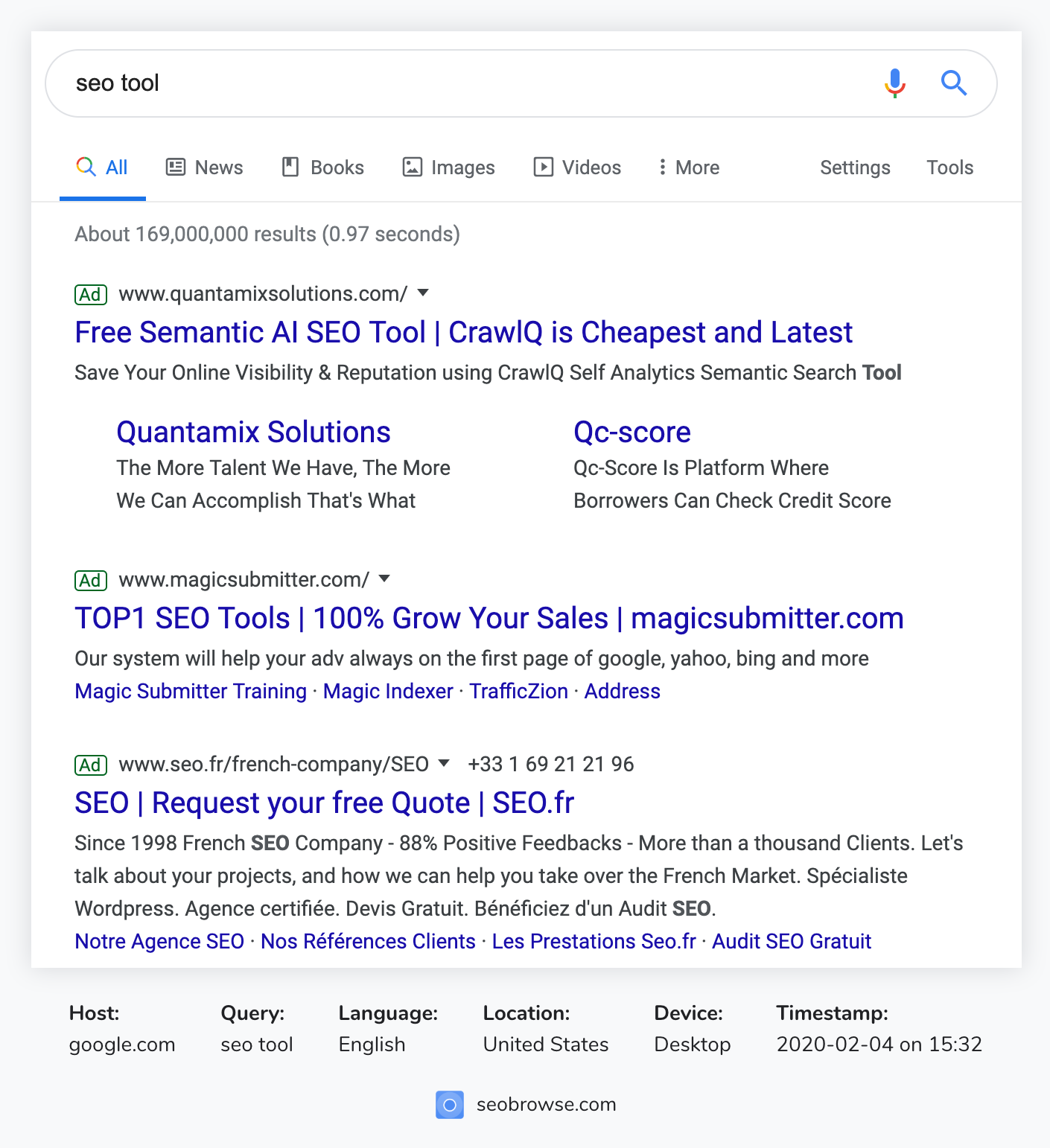 First 4 ads, then a featured snippet, people also ask, and then our first organic result is... (click for fullscreen)
First 4 ads, then a featured snippet, people also ask, and then our first organic result is... (click for fullscreen)
6. Google picks a thumbnail for your result (mobile)
What could go wrong? There is no official technical way to indicate to Google what your prefered image is for the mobile search results. So Google does a best guess (usually the largest image on the page). Great, now a background ad take over is your thumbnail. Only visually checking what thumbnail is picked by Google will show you whether it is also a relevant one.
7. Spot more ranking opportunities
Beyond the ~10-item organic listing, there are many more positions to be featured with your site. Google Images, video results, knowledge panel, people also ask, etc. Only by spotting opportunities, you know what your options are.
For all these reasons it is crucial to manually check the SERPs visually, next to using automated tools like Ahrefs or SEMRush that provide ranking positions and notifications.
But are you still manually changing parameters to get the most trustworthy search results? Switching proxies for international SEO? Annoyed by handling screenshots that don't match what Ahrefs and SEMRush reports? I'm working on a solution:
Shameless plug: I'm building SEOBrowse, the first browser made for search professionals. Made especially for visual keyword research! Check out all the features!

